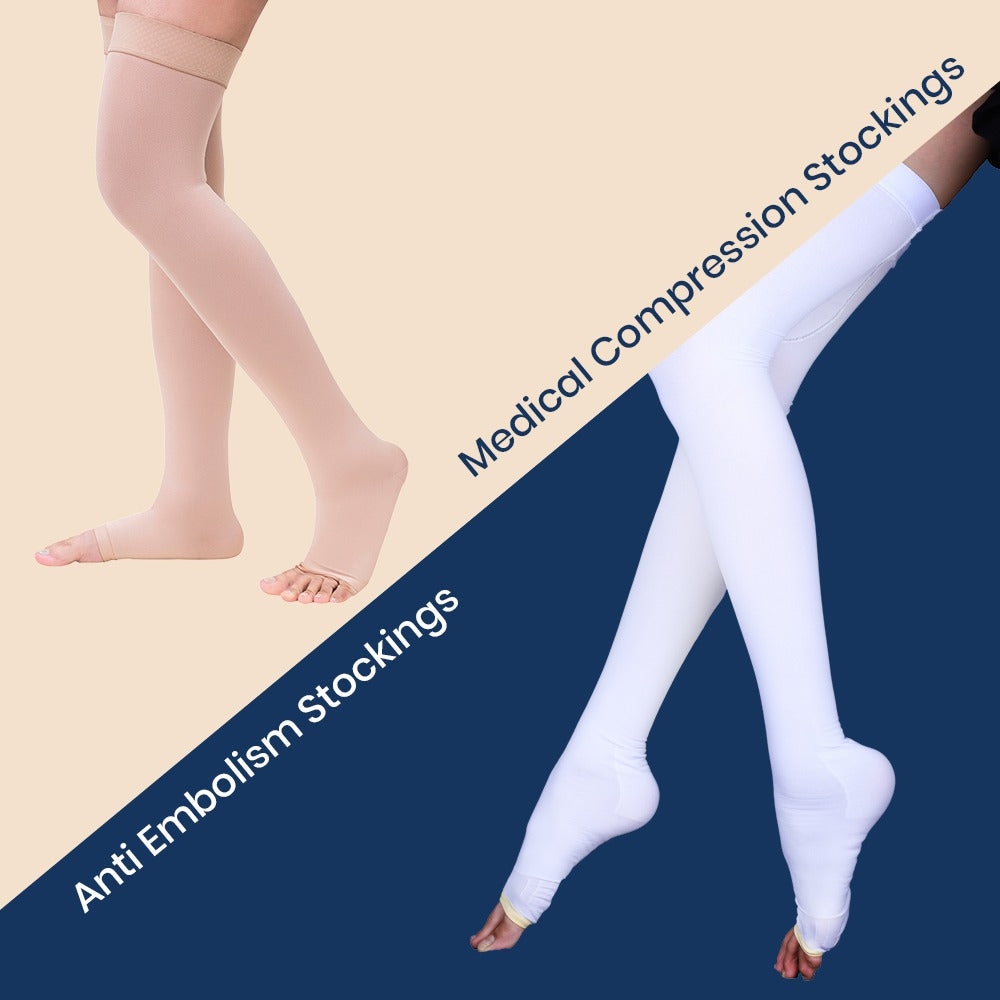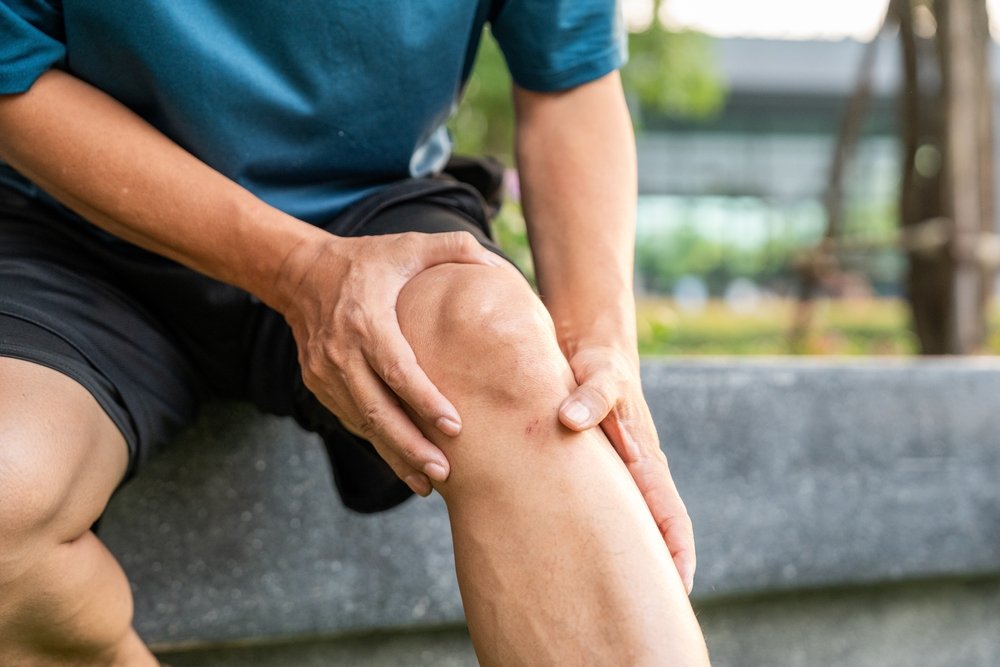When preventing blood clots, many people suppose that the most suitable way to do so is by taking medication. However, other methods of prevention are available, including compression socks and anti-embolism stockings. So which one should you choose? This blog post will look at the fundamental differences between these two types of socks and help you decide which is right. Stay tuned!
Ten Differences between Medical Compression socks and Anti-Embolism Stockings
Compression socks are designed to pressure the lower legs to help improve circulation and reduce swelling. They also help prevent blood clots, which can be dangerous after surgery or during prolonged periods of inactivity. Anti-Embolism stockings (or TED hose) are a form of graduated compression stockings worn to help limit the chance of the formation of blood clots.
- The main difference between compression socks and anti-embolism stockings is the pressure they provide. Compression socks are designed to provide a higher level of gradient compression, while anti-embolism stockings provide a lower level of compression.
- Medical Compression stockings can be worn for everyday activities such as walking, standing, sitting, or other activities. Anti-Embolism stockings are usually worn during periods of rest when you lie down, such as when taking a nap or sleeping.
- Compression support socks are often used to help reduce swelling caused by pregnancy, travel, surgery. On the other hand, anti-embolism stockings are typically used after surgery (or if you have been bedridden for an extended period) to help prevent the formation of blood clots.
- Compression stockings are generally more comfortable to put on and take off than anti-embolism stockings, making them a better choice for people who have difficulty bending or moving their legs. Anti-embolism stockings may require assistance from another person to put them on.
- Compression socks are available in various styles and colors, so they can be worn discreetly under clothing if desired. On the other hand, anti-Embolism stockings don't come in different types and are mostly available in white.
- Patients who require anti-embolism stockings will typically need to wear them for two to four weeks after surgery. Compression socks, on the other hand, can be worn for extended periods if required.
- Compression socks are generally more comfortable than anti-embolism stockings and can help reduce leg fatigue due to their compression effect. Anti-embolism stockings can be less comfortable due to the higher level of compression.
- The cost of anti-embolism stockings and compression socks varies depending on the manufacturer, style, and size. In general, anti-embolism stockings are more expensive than compression socks as they require a doctor's prescription and higher-quality material.
- Before deciding between compression socks and anti-embolism stockings, it is essential to consult with a physician who can determine which product is best suited for your individual needs. Both products are designed to help improve circulation, but only a doctor can accurately gauge the level of pressure you need for optimal recovery.
What to Choose?
As anyone who has dealt with chronic venous insufficiency or lymphedema can tell you, many different products on the market claim to help improve circulation and reduce swelling. Two of the most popular options are medical compression socks and anti-embolism stockings. But how do you know which one is right for you?
Compression socks are designed to provide gentle, graduated compression that helps to improve blood flow and reduce swelling. Anti-embolism stockings are typically used for people who are at risk for developing blood clots, such as those who have recently had surgery or been bedridden for an extended period.
So, which one should you choose? Compression socks are generally the best option if you're dealing with chronic venous insufficiency or lymphedema. They're comfortable to wear and can be easily incorporated into your everyday wardrobe. However, if you're at risk for developing blood clots, your doctor may recommend that you wear anti-embolism stockings. Ultimately, the best way to determine which product is right for you is to talk to your doctor or a certified compression garment fitter.
Conclusion
If you are experiencing discomfort and pain in your feet, ankles, or calves, it may be time to invest in a pair of medical compression socks or anti-embolism stockings. Your doctor can help you decide which type of stocking is best for you, but we've outlined some key differences between these two types of socks above.


